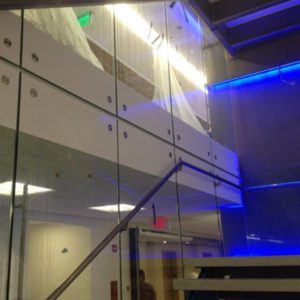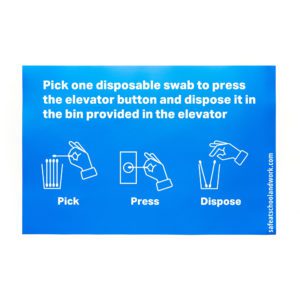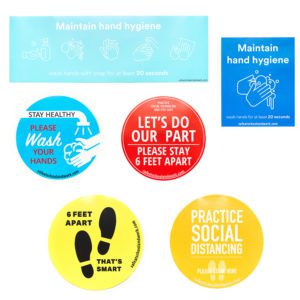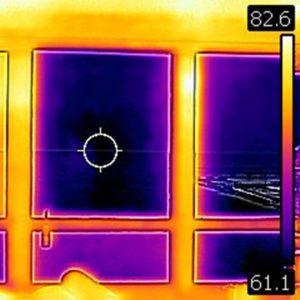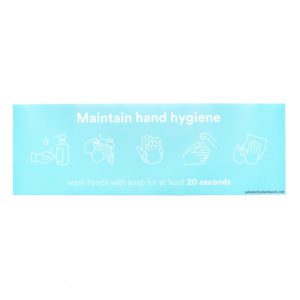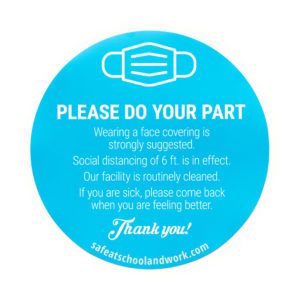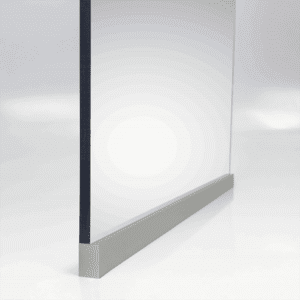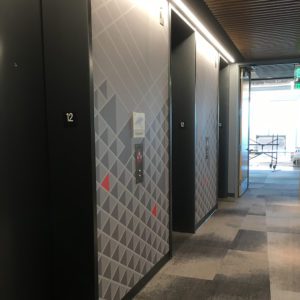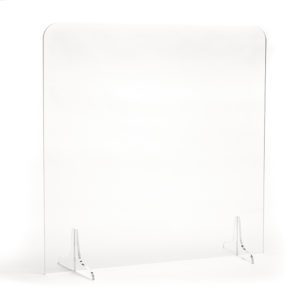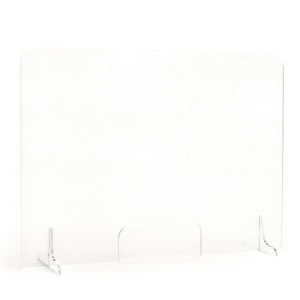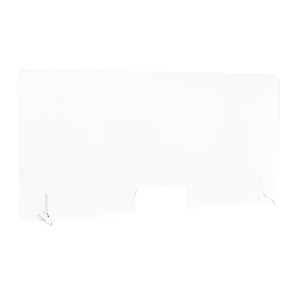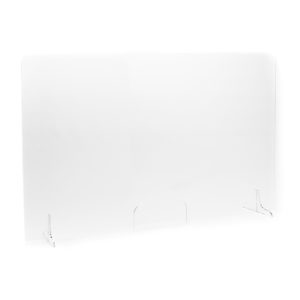

People have been discussing climate change— and how to combat it— for years now, but one state has taken the initiative to set the bar for building energy efficiency for other states. New York has offered a wide range of examples of how to combat this issue, and the Climate Leadership and Community Protection Act is one of those examples. What does this NYC building emissions law mean for businesses? Will the rest of the country follow in the footsteps of New York?
What Does the New York City Carbon Tax Mean?
In 2019, the Climate Action Council mandated that by 2050 New York reduce its greenhouse gas emissions by 85%. The Climate and Community Investment Act (CCIA) plans to charge $55 per ton of fossil fuel emissions from all sources, including schools, factories, and the use of gasoline in order to build energy efficiency within New York parameters. The plan of action for obtaining those results will be discussed with the experts at the Climate Action Council and the details for the NYC carbon tax will be worked out by the end of 2022. The decision about how the state will pay for this initiative is still under discussion.
How Does it Impact Commercial Buildings in NYC?
Governor Cuomo proposes advancing stronger building codes and having higher standards for energy-efficient appliances that people use every day. This will help ensure substandard products will be removed from the market and enhance the quality of the products available, all while reducing emissions. Governor Cuomo states that this is a step in lowering utility bills and providing energy-efficient buildings that will increase the quality of life in New York.
How is this a Foreshadowing for the Rest of the Country?
As we saw with the passing of the GDPR guidelines for data privacy laws in Europe, other states and countries tend to follow suit and use the first as the initial standard. With this carbon tax initiative being discussed and having attention on a national level, there is a decent possibility that other states will be following suit. Depending on the state that you reside in, the changes to emission and building codes can be more gradual. It is important to stay up-to-date, especially being a business owner, on national news and initiatives that are being discussed and passed, even if it is at a state level.
How can Businesses Prepare and be Proactive?
According to the Urban Green Council, the most effective way to reduce a building’s carbon emissions is building energy efficiency. They suggest that the first step is to train building operations staff on the best practices of energy efficiency, temperature setpoints and equipment schedules as examples. Changes in operations can yield a minimum of 5% overall energy savings. However, if bigger changes are required then a building audit should be conducted and a licensed consultant should be contacted. Also, keeping updated with building codes that revolve around owning energy-efficient buildings will be beneficial since you will be able to see what changes you can make if you choose to do so.
The initial cost of updating equipment to be energy-efficient may be a barrier of entry, but the benefits of energy-efficient buildings may (and very likely, will) greatly exceed that initial investment. Also, by being proactive, you could be entitled to tax incentives and rebates for energy-efficient buildings and equipment that will add to the return on investment.
With this new initiative, there are still some unanswered questions and items that still need to be discussed. However, it is always a good idea to stay up-to-date with your building’s codes and to look for ways to enhance your building’s efficiency services, both in the office and at the building level.
Get a Head Start with Solar Window Film
When it comes to preparing for the New York City Carbon tax, consider Solar Window Film from NGS. Since 28% of cooling energy demand is due to windows, you can drastically reduce your carbon footprint by making your glass windows and doors more energy efficient. By reducing heat gain in the summer and heat loss in the winter, your building HVAC systems will be drastically more efficient and building occupants will be more comfortable year-round. Here are two products we recommend considering:
3M™ Prestige
- Reduces heat gain by 66% on dual pane glazing
- Allows high transmission of natural light into your space to provide excellent aesthetics
- Rejects up to 97% of infrared light, providing energy savings, enhanced comfort, and protection
- Low interior and exterior reflectivity lets you enjoy the views from the inside while maintaining an attractive look from the outside
- Non-metalized window film won’t interfere with cell signals (safe for 5G) and is corrosion-resistant
3M™ Thinsulate All Seasons
- Low-E heat-reflecting technology helps keep building occupants warm in the winter
- Sun blocking technology helps keep building occupants cool in the summer by blocking out UV rays and heat
- Reduces 28% of heat loss associated with windows
- Improves single pane glass to dual pane performance and dual pane to almost triple pane performance
In fact, Solar Window Film helped one of our clients reduce overall cooling costs by at least 25% while saving 2.2 million tons of CO2 from entering the atmosphere.
Want to learn more? Watch our on-demand webinar on Sun Control Window Films to learn more about how NGS and solar window film can help you improve building energy efficiency.
Photo by Colton Duke on Unsplash





















































